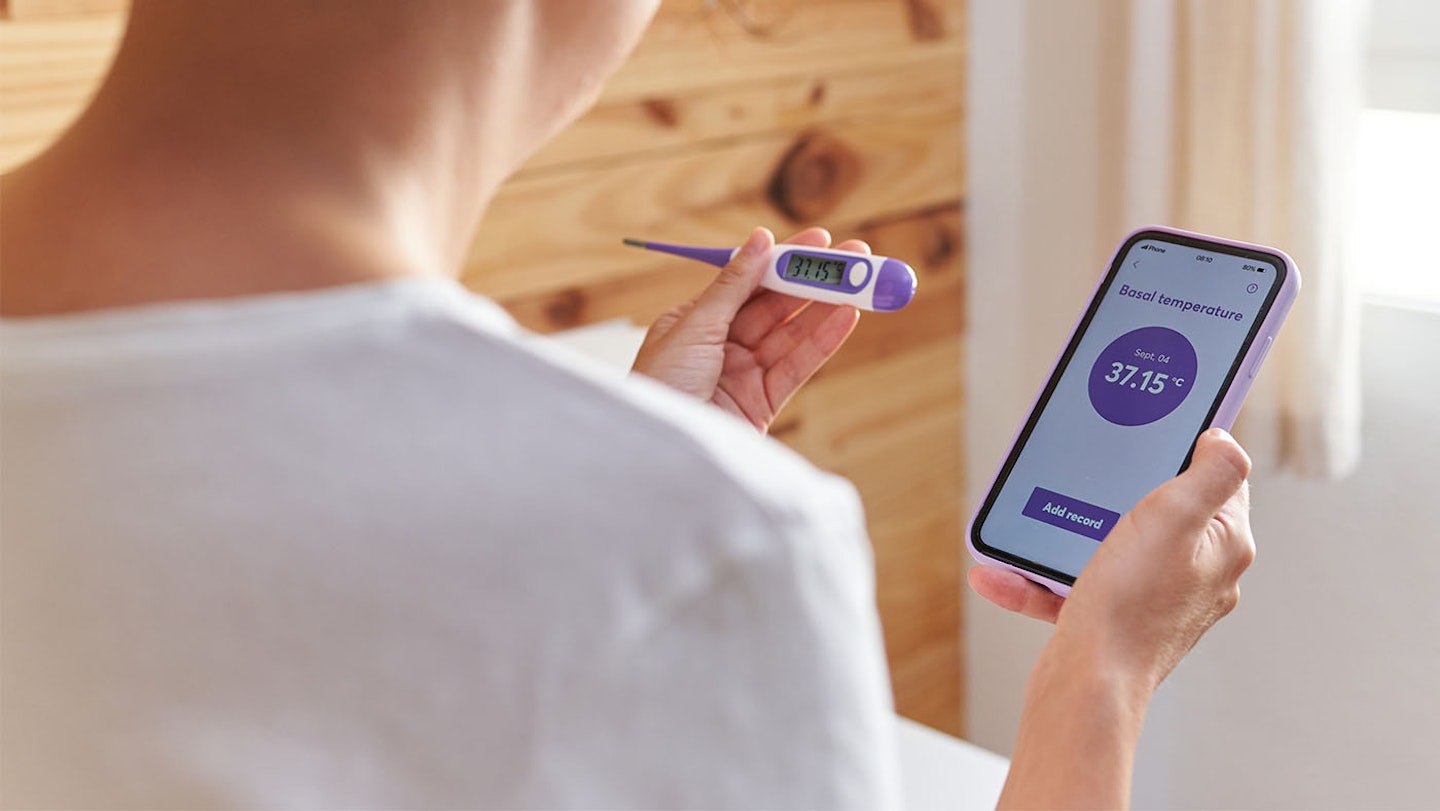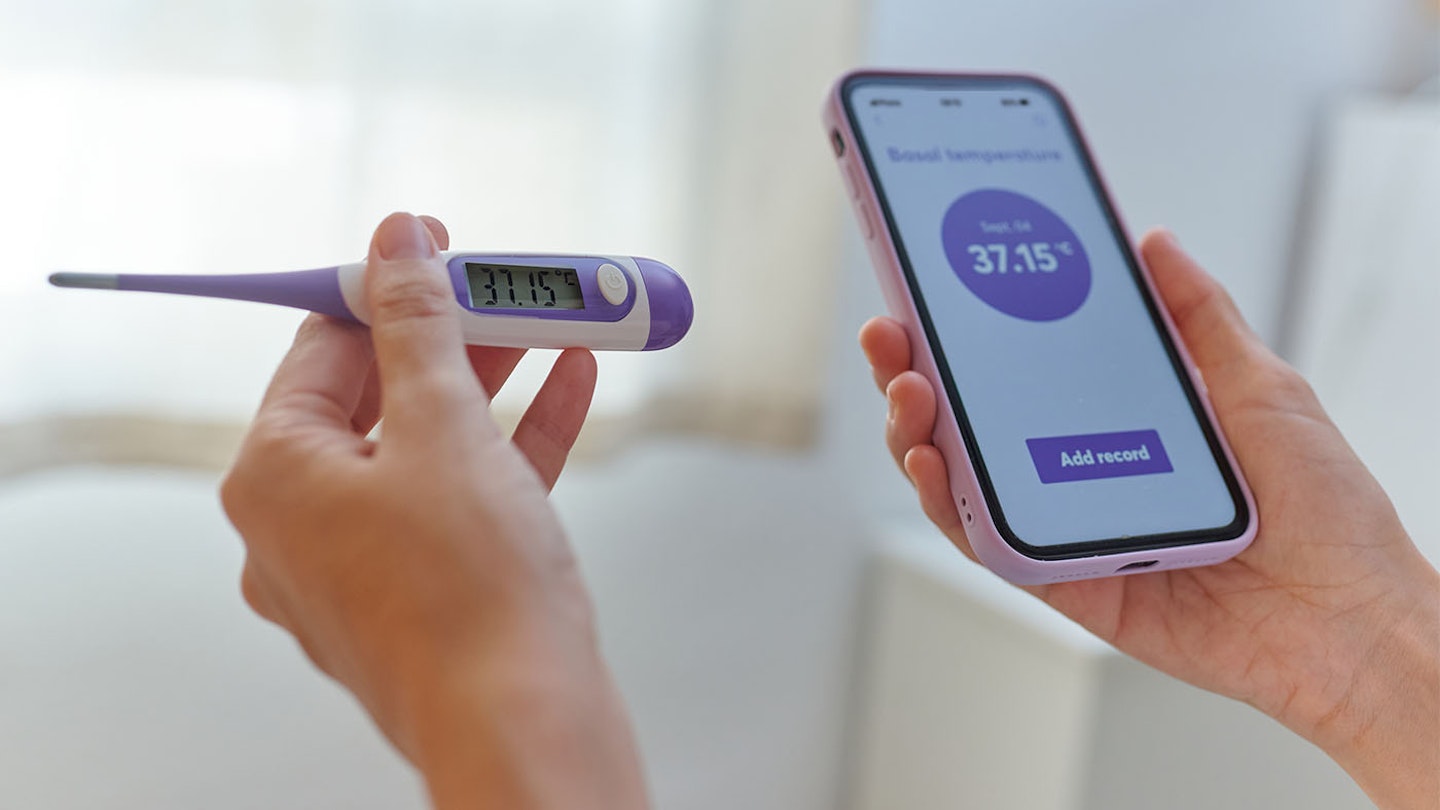From checking an ovulation calculator to using an ovulation test strip, there are many different ways that you can detect your most fertile window when you are planning to try for a baby. Another natural method that you may not be familiar with is by measuring your basal body temperature.
Dr Amit Shah, gynaecologist and co-founder of leading IVF clinic FertilityPlus, explains more.
What is basal body temperature?
Basal body temperature (often abbreviated to BBT) is your temperature when you are at complete rest. Understanding your BBT can give you insight into your menstrual cycle.
How does basal body temperature work during ovulation?
Your BBT can increase slightly when ovulation takes place, due to an increase in the hormone progesterone, so can therefore become a useful tool for natural family planning when tracking ovulation and trying for a baby.
A woman is most fertile during the two or three days before the rise in BBT occurs. So tracking BBT can potentially predict when ovulation may take place and can help indicate when you are most likely to conceive. In turn, this may help you with either the planning or avoidance of pregnancy and you can plan or avoid unprotected sex.
How to take basal body temperature
BBT can be measured using a digital thermometer which is specially designed and available in most health stores and pharmacies.
You need to ensure a minimum of three hours of uninterrupted sleep each night to ensure the most accurate reading. Try to take your temperature at the same time daily each morning when you wake up, with the same methodology. It would be ideal to record BBT and look for a pattern to emerge using either a paper chart or an app designed to do this, such as Natural Cycles.

Can you use a regular thermometer for basal body temperature?
Ideally, it’s best to use a specialist basal thermometer to measure BBT as normal thermometers are at times unable to pick up a smaller rise, such as 0.3C, effectively.
Reasons to measure basal body temperature
Before deciding to try for a baby, most of us associate taking your temperature with checking for a fever. But measuring your BBT allows you to plan a natural conception as accurately as you can without any technological and expensive help. It also does not have any side effects.
BBT can also be used as a natural way to avoid pregnancy, but it's important to keep in mind that it may not provide enough warning time to prevent pregnancy and may need to be used in combination with other fertility awareness methods (such as cervical mucus assessment or an electronic fertility monitor to measure hormones in a urine sample) to avoid pregnancy.
Your basal body temperature can also be used to detect a potential pregnancy - following ovulation, a rise in BBT that lasts for 18 or more days may be an early indicator of pregnancy.
Remember, BBT as a method for family planning is never 100 per cent effective and also does not prevent Sexually Transmitted Infections (STIs). Up to 25 per cent of women who use the BBT method for family planning or birth control may get pregnant after one year of typical use, relying only on this strategy to avoid a pregnancy.
The BBT method requires a great deal of diligence and motivation. You must always consult your health care specialist to discuss if the BBT method is suitable for you personally based on your medical history to avoid any unwanted surprises.
What is a normal BBT?
A normal basal body temperature is 36.1C to 36.4C.
What will my BBT be after ovulation?
After ovulation, your basal body temperature can rise by 0.3C.
Meet the expert
Mr. Shah qualified for his medical degree in 1988 and achieved his Obstetrics and Gynaecology master’s degree in 1991. He was admitted as a full member of the Royal College of Obstetricians and Gynaecologists in 2004. He has since practiced as a Consultant and Clinical Lead at the Homerton Fertility Centre where he established one of the most successful IVF clinics, providing excellent patient care alongside a first-class junior doctor training programme. After 25 years of commitment to the NHS, Mr Shah now works exclusively privately and remains involved with research and development of science. He was invited to the fellowship at the RCOG in 2016.
